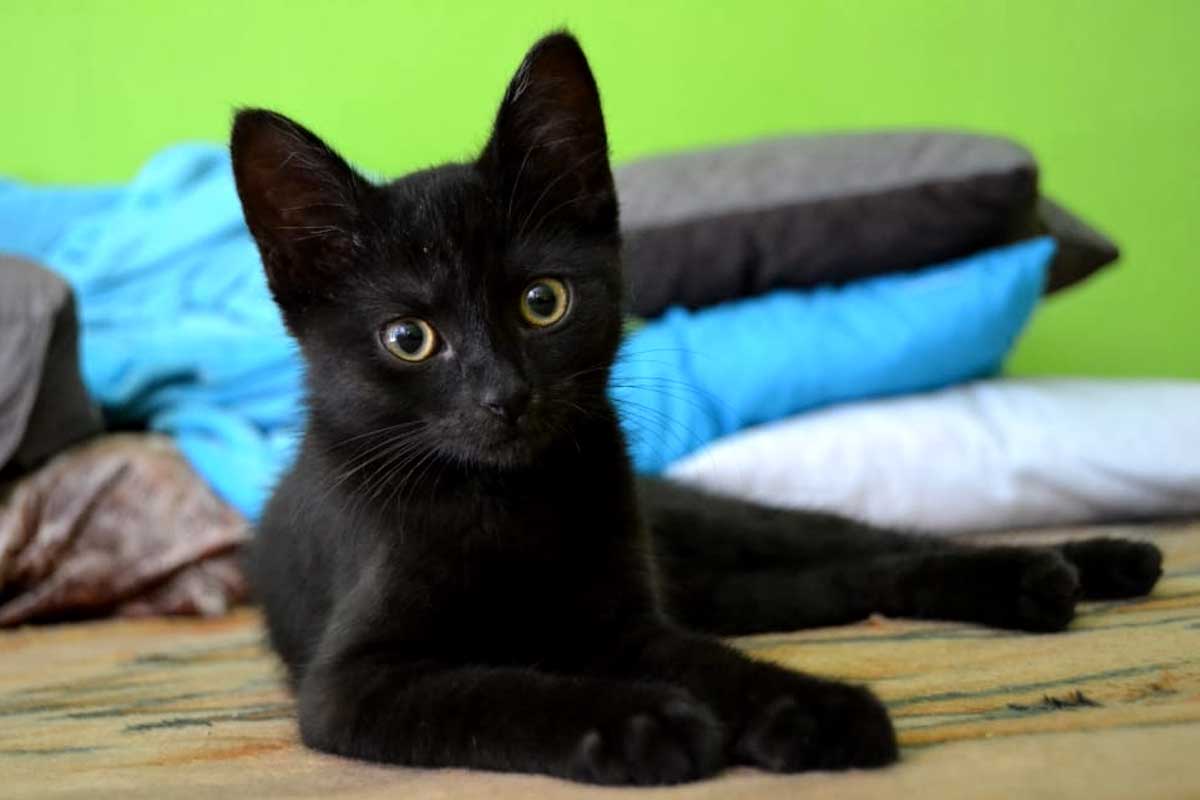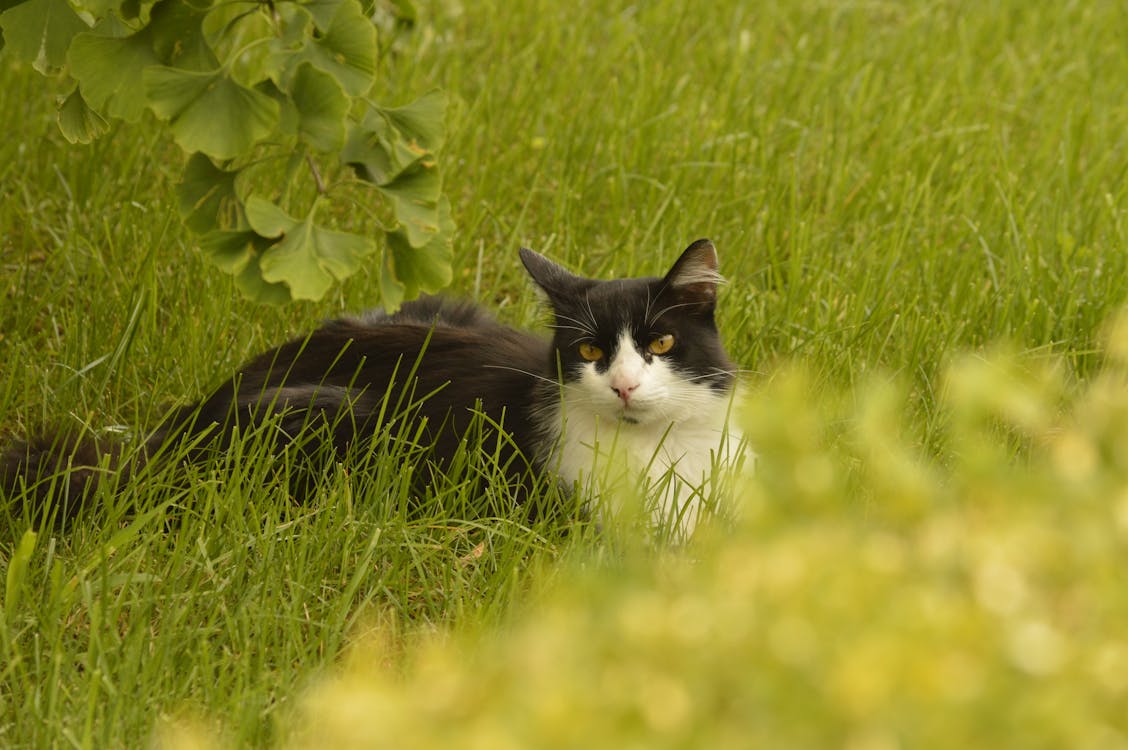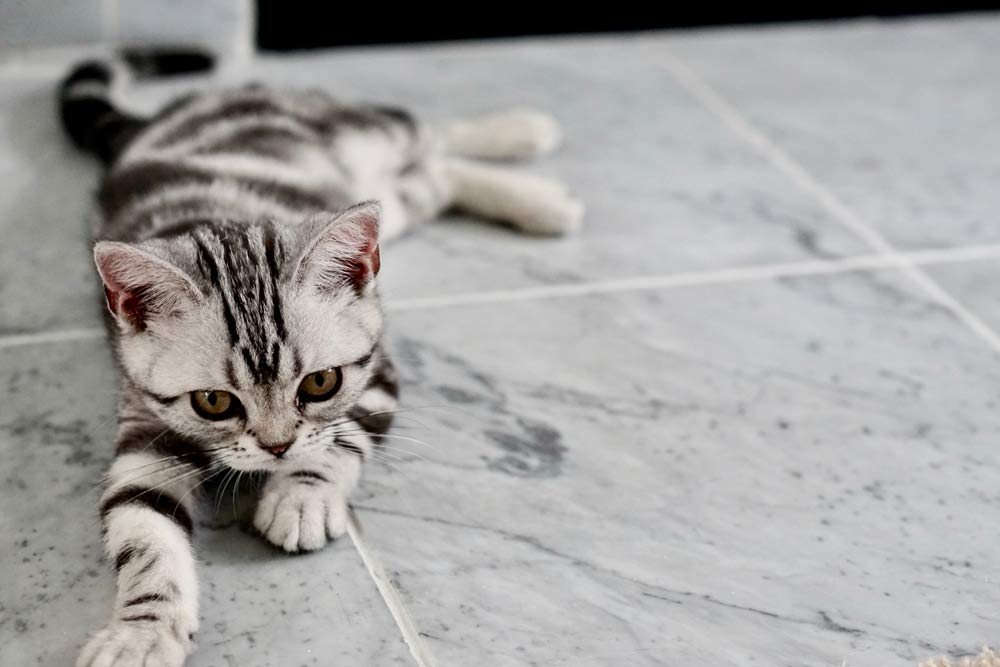How can you tell if your cat has a UTI? Recognizing whether your cat is suffering from a urinary tract infection (UTI) is crucial for their health and wellbeing. UTIs are common in cats and can cause discomfort and potential complications if left untreated. While cats can’t verbally communicate their symptoms, there are several signs to watch for that may indicate a UTI. Keep a close eye on your cat’s behavior and litter box habits. Look out for frequent urination, straining to urinate, blood in the urine, urinating outside the litter box, or vocalizations while urinating. Changes in appetite, lethargy, and excessive grooming of the genital area may also be indicators of a UTI.
How can you tell if your cat has a UTI?
If you notice any of these symptoms, it’s essential to seek veterinary care promptly. Early detection and treatment can help alleviate your cat’s discomfort and prevent further complications. Additionally, providing plenty of fresh water and maintaining a clean litter box can help promote urinary tract health in your feline friend. Here are some tips on how can you tell if your cat has a UTI:
Other Interesting Articles
- How To Take Care of A Baby Kitten 2 Weeks Old: 6-Step Guide
- 20 Famous People and Legends Who Loved & Had Pet Cats
- How To Tell If A Cat is Male/Boy or Female/Girl: Tips, Guide
- A Guide to Socializing Shy, Frightened, or Traumatized Cats
- How to Stop A Cat From Spraying Indoors: Home Remedies
- How to Help Cats Get Along with a Kitten Step-By-Step
- How To Tell If Your Cat Has A Triple Coat: 7 Simple Steps
- How To Tell If Your Cat Has Down Syndrome: Signs & Myths
- 11 Signs Your Cat is a Girl: Tips To Distinguish A Female Cat
- Petting A Shy Cat: A How-To Guide, Tips, Dos, Don’ts, FAQs
- How To Tell If Your Cat Has Fleas: Best Tips To Take Care
- How To Tell If Your Cat Can’t Hear: 10 Tips To Help A Deaf Cat
- Why is My Cat Making A Weird Vibrating Noise: What To Do
- How To Tell If A Shy Cat Likes You: 14 Signs To Observe
- How To Stop A Cat From Spraying Outside: 20 Tips To Try
- How To Tell If My Cat is in Pain After Surgery: 17 Implied Signs
- How to Take Care of A Kitten For the First Time: 20 Tips
- 20 Prohibited Things You Should NEVER Do To Your Pet Cat
- What to Know Before Getting a Second Cat: Tips & Guide
- What Scents and Smells Do Cats Hate? How To Deal With




